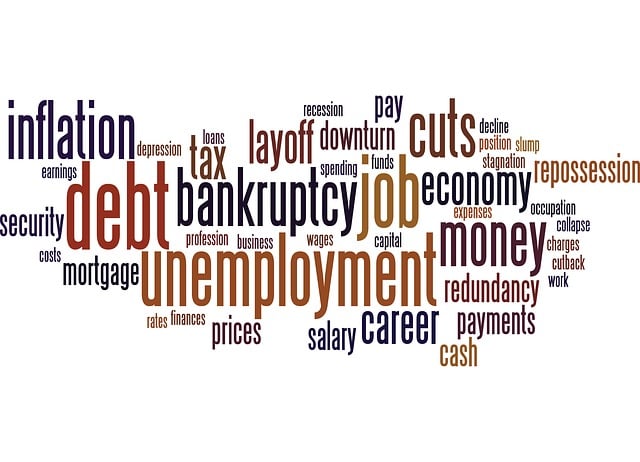Debt restructuring and debt review are complementary strategies for managing finances. Restructuring involves legally renegotiating debt terms (e.g., interest rates, repayment periods) to make them more manageable, while review is a self-initiated process where individuals assess their financial situation, create budgets, and prioritize payments to gain control over spending. Both aim to help borrowers regain financial stability, focusing on either altering agreements (restructuring) or empowering with knowledge and strategies (debt review).
Debt Restructuring vs. Debt Review: Understanding the Differences and Similarities explores two distinct approaches to managing financial obligations. While both aim to alleviate debt burdens, they differ significantly in scope and strategy. This article delves into the intricacies of each method, highlighting key aspects such as definitions, processes, types (like loan modification, consolidation, balance transfer), benefits, challenges, and outcomes. By understanding these nuances, individuals can make informed decisions tailored to their unique financial circumstances.
Debt Restructuring: A Deep Dive

Debt restructuring is a strategic process that involves transforming the terms and conditions of existing debts to improve an individual or business’s financial health. This often entails renegotiating with creditors, lenders, or investors to adjust repayment schedules, interest rates, or principal amounts. The primary goal is to make the debt more manageable by reducing monthly payments, extending repayment periods, or both, thereby alleviating the burden on borrowers. Restructuring can take various forms, such as debt consolidation, where multiple debts are combined into a single loan with potentially better terms, or debt-to-equity swap, where some of the debt is converted into equity ownership in the company.
When considering debt restructuring vs. debt review, it’s crucial to understand that while both aim to address financial challenges, they differ significantly. Debt review, as part of a broader financial management strategy, involves analyzing and evaluating an individual’s or entity’s debt portfolio to make informed decisions. This process helps identify areas for improvement but does not directly modify the terms of existing debts. In contrast, debt restructuring goes a step further by implementing concrete changes to debt obligations, providing a more comprehensive solution for those struggling with overwhelming debt.
– Definition and process overview

Debt restructuring and debt review are two distinct yet related strategies for managing financial obligations. Debt restructuring involves rewriting the terms of existing debts, often through a formal legal process. This can include changing interest rates, extending repayment periods, or even consolidating multiple debts into one. The primary goal is to make the debt more manageable by reducing monthly payments and extending the overall repayment period. This approach requires collaboration between lenders and borrowers, sometimes facilitated by a third-party mediator, to reach an agreement that works for both parties.
On the other hand, debt review entails a thorough examination of one’s financial situation to understand the root causes of debt accumulation and identify areas for improvement. It focuses on creating a budget, prioritizing payments, and exploring options for increasing income or reducing expenses. While debt review does not change the existing terms of debts, it equips individuals with knowledge and strategies to better manage their finances and avoid future debt accumulation. This process is often conducted independently by the borrower but can also involve financial advisors or credit counseling agencies.
Understanding the nuances between debt restructuring and debt review is essential for individuals navigating their financial challenges. While both strategies aim to ease debt burdens, they differ in approach—restructuring involves rewriting terms with creditors, often through formal agreements, whereas review focuses on assessing and optimizing repayment plans without necessarily altering contracts. Despite these differences, both share the common goal of providing relief, making informed decisions crucial for managing debt effectively in the long term.

